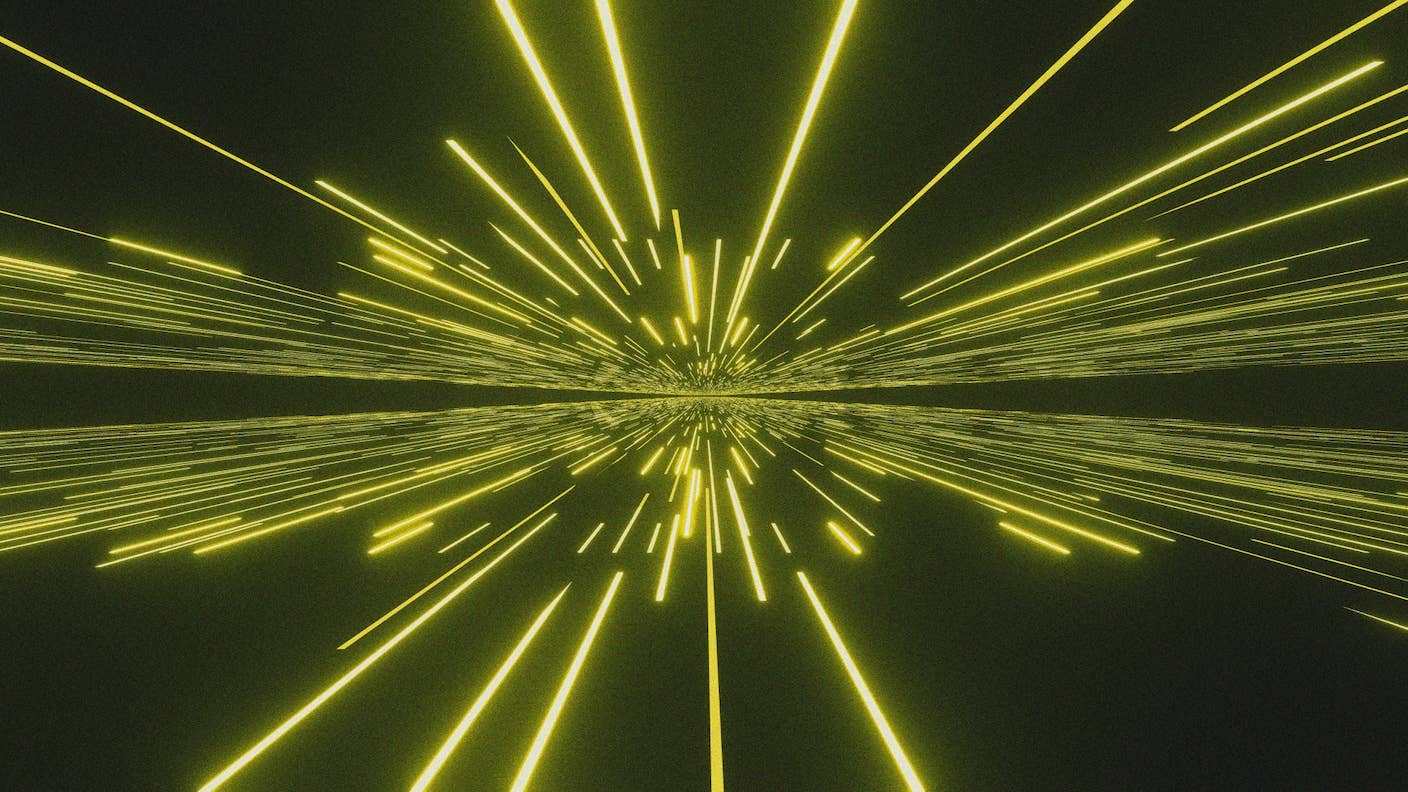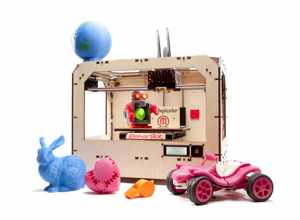MakerBot’s 3D Printer Replicator 2 Is Larger, Faster, Sleeker

Share

The Replicator 2 from MakerBot, sporting its new, sleek exterior. But its improvements are not only skin deep.
MakerBot Industries, creators of the Replicator 3D printer that hit stores this past January have just upgraded their award-winning printer. The Replicator 2 has increased resolution, can print larger objects, and sports a stylish new look. And the new printer is only one way MakerBot is making a serious bid to become a major competitor in the growing 3D printing market. Just days ago the company announced the grand opening of their first retail store, located in the NoHo neighborhood of Manhattan.
MakerBot is continuing to have a great 2012. They kicked off the year this past January with their Replicator winning the Best Emerging Tech Award at the 2012 Consumer Electronics Show. At a relatively low cost, the less than $2,000 printer was designed to enable “3D printing for all.” The Replicator is easy to use, has a print volume of 5 liters, and can print in two different colors.
Their new 3D printer, Replicator 2, has an increased print volume of 6.7 liters and a 100-micron print resolution (the original Replicator had a 6 liter print volume and 250-micron resolution). With an emphasis on sustainability, MakerBot has also made the switch to PLA, a renewable bioplastic made from biomaterials such as cornstarch or tapioca roots. More than just environmentally friendly, PLA is easier to work with than the more demanding ABS plastic used with the original Replicator. It is the most widely used build material for 3D printers because of its strength and ability to print large structures without warping or cracking, according to the company.
The most obvious upgrade from the original, however, is the Replicator 2’s new sleek design. The technical marvel of the Replicator struck some people as not very technically advanced looking. Constructed of plywood, the Replicator is more reminiscent of Calvin's Transmogrifier than the “Star Trek” device bearing the same name. The Replicator 2 remedies this with a much more futuristic metal design that, as MakerBot CEO Bre Pettis puts it, “is available in any color, as long as it is black.” MakerBot also did away with the heated build surface present in the Replicator which posed a risk to users, particularly non-professional hobbyists. The new build surface is also optimized for the PLA plastic which sticks to it naturally.
Check out the smooth finish 100-micron resolution gets you in the following video.
Pettis, summed up the changes in a press release, “With our fourth generation product, we have made the best desktop 3D printer on the market, made it affordable to both professionals and hobbyists, and made it cool looking.”
In addition to the hardware upgrades, MakerBot made improvements to its MakerWare 3D printing software that adds more flexibility to the design process, and also speeds up preparation and print times. The changes to the new model are a testament to MakerBot’s dedication to making high-end printing available to the everyday consumer, not just engineers and architects. A beta version of the software can be downloaded here.
Be Part of the Future
Sign up to receive top stories about groundbreaking technologies and visionary thinkers from SingularityHub.


Still, at $2,199, $200 more than its predecessor, the Replicator 2 probably won’t be crowding too many Christmas trees this holiday season. The new store, however, should help. Located in Manhattan’s historic NoHo district, a real storefront offers the company a face-to-face interaction with potential consumers, allowing them to showcase the wonders of 3D printing, still largely unfamiliar to the non-tech consumer. One random encounter with a freshly printed Homer Simpson is likely to hook both child and parent.
MakerBot also gets serious with the Replicator 2X. Meant for engineers, architects, and the like, the 2X retains the heated build surface of the original Replicator, ABS plastic, and prints in two colors. The 2X won’t be available until January, 2013, with a price tag of $2,799.
Clearly MakerBot is taking a different approach than 3D printing giant 3D Systems in their attempt to penetrate the 3D printer marketshare. Rather than concentrating on high-performance printers costing upwards of $100,000 and swallowing lower performance printer companies whole to cater to the wider market, MakerBot is aiming for a middle ground that both hobbyists and professionals can use.
The stakes are high in the emerging 3D printing market. The company that discovers the secret formula to our 3D printing hearts will change the way we think about material exchange and production, and they’ll make a pretty penny doing it.
[image credits: MakerBot]
[video credit: MakerBot]
images: MakerBot
video: MakerBot via YouTube
Peter Murray was born in Boston in 1973. He earned a PhD in neuroscience at the University of Maryland, Baltimore studying gene expression in the neocortex. Following his dissertation work he spent three years as a post-doctoral fellow at the same university studying brain mechanisms of pain and motor control. He completed a collection of short stories in 2010 and has been writing for Singularity Hub since March 2011.
Related Articles

AI Can Now Design Proteins and DNA. Scientists Warn We Need Biosecurity Rules Before It’s Too Late.

Kids With Spinal Muscular Atrophy Show Dramatic Improvement With FDA-Approved Gene Therapy

These Were Our Favorite Tech Stories From Around the Web in 2025
What we’re reading
